Jay BellWatching a timeless book brought to life for a new generation, and then visiting their actual world. In late 2019, a remake of Louisa May Alcott’s Little Women was released in theaters. This critically acclaimed movie performed well and received award nominations. But as the Boston Globe noted in an article, there was a heavy emphasis on filming entirely with New England locations, including scenes based in Europe. Given our teen-age daughters and interest in history beyond wars and politics, this was a good film for the family to see. But we were able to turn it into a broader adventure. We started by seeing the movie itself. Running at a couple of hours, we saw an early show so that we’d have the rest of the day free. Although I'd personally rather see a remake of some John Wayne western, this was still entertaining and well-produced and worthy of your time if you’re interested in history, female-based stories, or even just a family-friendly movie. But we didn’t stop there, stringing together other events.
The presence of the Alcott family is pervasive, as many of the belongings belonged to the family, and there are walls with May’s drawings, and the small desk at which Louisa wrote her famed book. The tour guides are friendly and guide you through the rooms with casual explanations about the rooms, time period, and family members’ lives. Overall, it was about a 45-minute tour, which was well-paced to avoid being rushed or bored.  Visit 19th century famed authors buried at Sleepy Hollow, including Louisa May Alcott. Visit 19th century famed authors buried at Sleepy Hollow, including Louisa May Alcott. As we were in Concord, we visited the nearby Sleepy Hollow Cemetery, with its famed Authors Ridge, where Louisa is buried along with other famed writers such as Nathaniel Hawthorne, Henry David Thoreau, and Ralph Waldo Emerson. The signage makes it easy to find this part of the cemetery, but the property as a whole is beautiful and worthy of spending time wandering and reading the old headstones - yes, even if you begin carving out a reputation with your kids' friends as "the dude who likes to take his kids to cemeteries". Had we not already been to the nearby Fruitlands museum in Harvard (which also built out the picturesque downtown as another set for the movie), where the family also spent some early and difficult years, we would have added that to our itinerary. Sadly, we also weren’t able to visit the Old Manse in Concord, within walking distance of the Old North Bridge, site of the famed American Revolution battle (and a place you can get to via kayak in warmer weather). The Old Manse was yet another location for the movie, but as we were visiting in winter, it was closed at the time with a reduced operating schedule. Guess we’ll have to return in the spring!  A lunch or dinner at the historic Colonial Inn has great options for anyone. A lunch or dinner at the historic Colonial Inn has great options for anyone. Instead, we made the quick drive into downtown Concord. It offers a beautiful downtown, with small shops and restaurants to explore. We chose an early dinner at the historic Concord Colonial Inn. This regal building offers great food, with different rooms ranging from ones requiring more formal attire and reservations to the casual catering to walk-ins, and also front porch dining in warmer weather. So, if you should go, check it out ahead of time to plan accordingly. Overall, we spent a day immersed in a road trip that didn’t require much time on the road. It was a way to watch a good movie as a family, and to then explore the reality laying beneath the movie. While the movie very much brought the story to life, the following adventures were a way to see that reality in a hands-on way. Costs were minimal and the full itinerary would be more than you could do in a day. That also allows you to adjust the specific pit stops and costs to suit your preferences. It ultimately was a great way to breathe life into another part of New England’s history and an unusual way for you to experience a slice of that local past.
1 Comment
Jay BellRealizing my teens like to explore abandoned places Anyone who watches TV shows about ghostly experiences or ghost hunting knows that when they show up to the ol’ abandoned insane asylum or prison, then things will get pretty interesting. There’s so much trauma embedded in such places that it’s inevitable that a few spirits will linger. Accordingly, anyone familiar with U.S. social history knows that historical treatment of those with behavioral health issues was too often ill-informed and ineffective, and sometimes abusive. Over a century ago, when people were sometimes locked away and forgotten by their families in asylums, the preferred design of such places was a central entrance and wings spreading out to either side. While the design was well-intended and sometimes grandiose, it was also extremely institutional, prison-like, and eventually a discredited approach. Along came Medfield State Hospital, one of an early set of behavioral health inpatient facilities that approach everything differently. They looked at patients more as people with challenges than as prisoners. The facility used a community design, with various residential buildings and others such as for treatment, food, and church. Medfield is a beautifully scenic, affluent, sleepy little town about 30 miles southwest of Boston. Driving around, it wouldn’t seem at first pass to be the setting for an asylum. But, founded in 1892, Medfield State Hospital closed down after more than a century later and was embraced by its community. There used to be 58 buildings, with about 35 still standing. In the five years since ownership was transferred to the town in 2014, the buildings haven’t been easy to maintain. All are boarded up and locked, and rust continues to take over on the exposed metal. While you can’t get inside the buildings, you can still roam the grounds freely, stand on some of the front steps or porches, and try to stitch together an impression of life here in past decades.
Going again at the beginning of June, the grass was green and freshly mowed, people strolled around, a guy played catch with his dog, and the feel was completely different. The town is proud of this park, and security guards keep careful watch but are very friendly. If you’re interested in going, it’s probably best to first read about Medfield State Hospital and the broader history of treatment at such places. It would also be good to start on the right side of the buildings and work your way around. This is because near where new patients were processed, there’s a sign with the number of each building and what each building’s purpose was. Take a picture with your phone. Then, as you work your way around, you can use the photo to match the building number up and understand its purpose. It makes for a richer discussion for those you’re touring with. As my girls noted, it’s too bad there’s not a single building that could be rehabbed and furnished enough to tour and better visualize what life would have been like at such a place. Even informative plaques or signs at each building could be interesting, as would plexiglass in lieu of plywood. But the cost of rehab or even signage for a small town can be a challenge. So, reading up ahead of time and taking that picture of the building map near the admissions building will be the best approach for the foreseeable future. Overall, my kids were curious but not creeped out, since it’s only open during daylight hours. They did chafe about not being able to even see inside, but liked the self-guided stroll at our own pace and with our own conversation. Ultimately, they thought it was an interesting trip, and one definitely worth taking on a beautiful day.
As a post script, there is a burial ground for those patients who died, with over 800 graves. This far surpasses the prisoner's cemetery we visited in Rutland that only had a few dozen. It’s a short drive down the street, but we were pressed for time so will have to save that for another time. That means we can’t comment on it, but it’s definitely a place we were interested in checking out. Key Details
Jay BellInterested in the origins of phrases I use today, and prepared to bore my kids as I teach them that history.  Waterways were harnessed to fuel the grist mills, such as at the Jenney Grist Mill in historic Plymouth. Waterways were harnessed to fuel the grist mills, such as at the Jenney Grist Mill in historic Plymouth. Every now and again, we might drive by an historic grist mill. Maybe we think it’s scenic, but we don’t often give it much thought. However, grist mills were critical aspects of colonial communities, as these converted grains into flour for use by the local citizens. Entire towns were often based around some key businesses, including these. Today, we pop down to the grocery store or bakery, grab some fresh bread, and we’re off and running. If we want to be fancy, we do that whole routine with the yeast and the dough rising, we cook it, and everyone ooh’s and aah’s as we react nonchalantly. But in early America, this was a tedious routine. These grist mills were barn-like structures alongside a waterway. Less than twenty in New England have survived, with about a third in Massachusetts. Prior to the industrial revolution, New England didn’t have ready access to wheat, and corn was the easy grain people could get their hands on. The grist mill would have created a waterway with the ability to either dam and release the water, or at least to steer it, so that when they were ready to grind, the water would flow over a paddle wheel. This then turned into a huge physics experiment that modern kids would find interesting to see in action, even if they’ll go on to get a C in physics in a few years: the water turns the wheel. That wheel then turns a ginormous mechanical wheel with a bunch of spokes coming off of it. This then turns another wheel. There were two two-thousand pound, circular grinding stones that were horizontal. The bottom one would stay put. The gears ultimately made the top one spin quickly enough. Meanwhile, the hopper was filled with the initial grains that slowly dropped into this contraption.  A tour guide at Dexter's Grist Mill demonstrates how corn grains were converted into a finished product. A tour guide at Dexter's Grist Mill demonstrates how corn grains were converted into a finished product. Ultimately, all of the rudimentary mechanics and a lot of wooden mechanical parts were still refined enough to control how precisely the top one-ton stone was suspended above the bottom one. With grooves in the stones, they could then create more or less powdery flour. This business provided mutual benefits, as the miller would provide the refined flour back to the farmer, minus a ”miller’s toll”. Aside of the ingenuity, the grist mill was also a social hub, of such importance that it turns out our language still reflects its impact. For example, if a number of people were looking to have their grains milled, a line would form. Unlike today’s supermarkets, where you just quietly stand in line and perhaps spy on the shopping cart of the stranger in front of you, this would have been a situation in which people knew each other. Those lines would result in people “milling about” while they gossiped, which is still referred to as a “rumor mill”. Meanwhile, inside the grist mill, the floor would have been covered with a hay like material, referred to as thresh. A piece of wood at the doorway would help keep the thresh in place, which you’d stand on when you crossed the “threshold”. You would have then seen the miller hard at work. The finer dust that can be produced from corn is vastly more flammable than coal dust, so a spark could be deadly. Since the giant stones don’t actually touch but are positioned ever so slightly apart, to grind the grains, the miller would routinely verify very carefully that everything was safe. In other words, he would have his “nose to the grindstone”. We use the phrase regarding a hard work week. For them, it was working hard to not blow up... makes me feel like I’ve got it a little easier! His milling produced varying grades of flour, obviously with varying costs to the farmer. For the more routine grade that worked adequately in everyday cooking, he would produce a “fair to middling” grade. All of these phrases are in use today in the American lexicon; many by me, as my daughters look at me as if I’m making stuff up or talking in ye olde English. But these words and phrases started off not as expressions, but as meaningful terms. Knowing the origins can be interesting, and create connections to our nation’s past. For the grist mills themselves, the beating they took from the rigors of the machinery and the effects of the water made it hard for them to survive. The industrial revolution and the railroad began to negate the need for these in so many villages. The ones that have survived until today are a combination of ones that were saved, restored, reproduced, or moved. We’ve visited several. Such visits have more often involved admiring these buildings from the outside. But sometimes there are tours and demonstrations, and sometimes you can buy the processed corn flour for your own use. The tours we’ve taken have been educational, but also interesting. Seeing these mills in action can also generate interesting conversation with kids. Sure, you run the risk of boring them and having them treat you as if you’re as old as the mills themselves. However, the combination of the views, the history, the machinery, and the tour will give you decent odds of finding some aspect that resonates with them. However, since these are smaller structures and tours, it’s often best to combine them with some other activities as part of a broader itinerary for the afternoon or the day.
A quick search with the google machine will give you the options to choose from. Given the effort to preserve the few grist mills still dotting the New England landscape, and the impact these had on the growth of our country, it’s a fun activity. While it’s a little off the beaten path, it’s one definitely worth an hour of your time. Jay BellHoping that this is the only prison I spend time in!  A set of decaying jail cells is now the canvas for graffiti. A set of decaying jail cells is now the canvas for graffiti. Sometimes my teen-aged daughters tell me they don’t want to sweat, or something seems boring, or they don’t have ideas about what to do, or they say nothing as they stare blankly at their iPhones while I’m trying to talk to them (“Bueller… Bueller… Bueller…). I’m not the first parent to think, “geez, when I was a kid…” But on this spring day, I decided to nudge them into a minor adventure: exploring an old prison camp in the Central Massachusetts town of Rutland. The two teens and a friend piled into the truck and got to control the radio on the drive out. I very kindly decided not to point out to them how much worse their music is than mine, or that they were a tad pitchy as they sang along, sometimes at the top of their lungs. The prison camp is state property, but accessible. It requires walking, so hiking boots or at least sturdy shoes are good. Fashionably rugged is great, although it might create some agony if they get muddy. This camp began in 1903. It was a working farm in the middle of the state, not near much of anything. Despite the openness, the state wasn’t too worried. These criminals were only jailed for minor offenses such as public drunkenness. So, there wasn’t much concern about a band of partiers roaming the countryside robbing people of their beer kegs. Instead, inmates passed their time working on the farm to sustain themselves, but were still required to sleep in jail cells. The prison camp was abandoned when the property became part of the land feeding water into the Quabbin Reservoir, which in turn provided the water for much of the more urban population in eastern Massachusetts. Many of the structures were torn down, but some remains still stand. We found a few places to explore. One was mostly underground and beginning to collapse, another was built into a hill that was completely accessible, and one set of jail cells still remains. Graffiti covers much of it all, as a contrast to the natural views that otherwise abound. There are also some more subtle remnants, such as some cement stairs in a seemingly random location, or cement slabs that might have been foundations to sheds or to help channel water. But most of these weren’t worth bushwhacking to fully explore. A couple of other interesting spots are perhaps a minute’s drive from the small parking area. Goose Neck Cemetery is a small, old burial ground. It allowed for the group challenge of exploring every headstone to find which the oldest grave, dating back to the early 1800s. It also allowed for some insights into history, such as a woman who lived into her 70s when antibiotics weren’t available, who would have therefore had to fight off so many colds on her own to live so long, whereas we now have a quick fix that eliminates any worry about dying from a seemingly minor illness. Behind this spot we found a path to another cemetery. This one housed the remains of prisoners who died of tuberculosis or other reason, and were buried in unmarked graves. It struck all of us as a sad ending for someone who only committed some fairly trivial crime. A Boy Scout project resulted in placing wooden crosses at all graves, most of which had depressions in the ground. This was a respectful project, but the 59 crosses in the quiet woods was creepy, and the girls were a little weirded out. It wasn’t as spooky as the abandoned railroad tunnel in Clinton, but more eerie than the grandiose remains of a mansion and its gardens. The sites were interesting to the kids. They also enjoyed being able to explore in their own way, at their own pace. And diversions such finding a caterpillar to freak each other out was apparently fun. *Sigh* The bottom line was that instead of being bored and disengaged, or being stressed from all of the pressures on kids today, all three kids were immersed in the history, nature, people, and architecture of their community. As an added bonus, they got their exercise for the day, too. Their self-directed learning through their questions, comments, photos, and hands-on discoveries showed they were clearly enjoying the excursion while growing a little from it.
This also deserved a parenting high-five when their social media postings led to inquiries from friends about where this place is, so friends could ask their own parents to take them to check it out. As an aside, this trek is also fun for families with younger kids or couples – you don’t need to rent a teenager in order to come here! What you need to know:
Exploring Local History at an Abandoned Railroad Tunnel and the Wachusett Dam (Teen-friendly, too!)10/31/2019 Jay BellWrite something about yourself. No need to be fancy, just an overview. Sometimes we struggle to find things to do with teenagers, especially that you’d enjoy as grown-ups. “Family friendly” often means an event good for people with kids who are ten and under. Face paint or singalongs would be met with eye rolls and OMG’s. But when we had a beautiful, early spring afternoon, we tried something different: a creepy tunnel adjacent to a beautiful view of the Wachusett Reservoir and dam. The Wachusett Reservoir was built at the beginning of the twentieth century, and forced changes upon the community. In this case, it also required that the Boston & Maine Railroad re-route its tracks. A 0.2-mile tunnel was created adjacent to the dam that now sits abandoned but open to the public.
who experience ghostly encounters report an accompanying temperature drop. As they yelled at me to shut up, I heard the fear in their voices over the sound of my own laughter. Flashlights are a must, or at least an iPhone, and waterproof boots are ideal. As a parent, I did worry a little about whether there were any people in this tunnel who weren’t just there to explore. But we found we were alone and I felt more comfortable as we set off. The girls checked out graffiti running the length of the tunnel, which had an optical illusion of being never-ending despite our progress. They freaked each other out, and had to step carefully amidst mud, puddles, and ice. I secretly added to it by making some occasional creepy sounds as I walked ahead, but didn’t admit to it as they tried to figure out what it could possibly be. The eastern end was too wet for us to continue outside, but we got close. Returning wasn’t as spooky, and was quicker. But they stayed on high alert for ghosts, creatures, and any odd sounds. Luckily, no spirits or monsters or clowns appeared, and we emerged about a half-hour after we started. All three declared this place to be a little unnerving, but fascinating. We passed our car and spent some time at the Wachusett Reservoir to let them burn off their adrenaline. This beautiful location was also fun for them as well. It was built over a century ago, as Massachusetts faced an issue with its water supply for many of its eastern residents. Luckily, forcibly moving 1,700 people and demolishing their homes allowed the state to build this massive structure and avert a body odor crisis, as residents were then able to happily shower to their heart’s content. The dam itself is impressive, and you start off at its highest point. It extends down 115 feet, and then underground another 115 feet. Random trivia to impress or bore people with: it’s the largest, hand-dug dam in the world, built in the early-1900s by African Americans and Italians who lived in squalor during its construction. You can picnic, admire the waters it holds back, or stroll either side of it. Or, like me, you can goad your youngest one into trying to roll all the way down the grassy slope. But be prepared for some dirt and grass stains… and for the 192 stairs you’ll have to climb back up afterwards. If you pack a picnic to extend the time a little, this can be a great way to explore a creepy place, take in scenic views, get some casual exercise, and learn a little bit about your surroundings and its history. Tip: if your teens are taking photos and posting them to their social media, it’s not a sign of disengagement, it’s a sign that you scored a parenting win. Another tip: if you later acknowledge with a smile that you were the one making creepy sounds and they pretend to be furious with you, it’s considered bonus points. Key Details
Jay BellMaking the most of a snowy day In the central Massachusetts town of Shrewsbury lies Prospect Park. It was once a town jewel and is now slowly succumbing to time, with nature increasingly taking over the property. In 1912, it was known as Juniper Hall, home to an international carpet manufacturer, complete with magnificent buildings, formal gardens, a reflecting pool, and views as far as Mount Monadnock in New Hampshire. Its gardens were open to the public, who toured it often, and made this one of Worcester County's show places. President Calvin Coolidge even visited this renowned property. After the owner passed away, his widow named the pergola "The Garden of Sweet Remembrance". She then deeded the property to the Masons, who operated it as a Masonic Hospital. Some 50 years later, it was in disrepair and sold to the town, which demolished the buildings. The reflecting pool is now overgrown, as are much of the grounds. Some of the foundations and stone walls and steps still remain, providing hints of its former glory. But although The Garden of Sweet Remembrance is gradually falling apart, it still stands, providing a serene spot despite the graffiti. In season, wild wisteria remains and has grown enough that during its bloom, there is a beautiful aroma. But after a snowstorm, the silence is intimate and peaceful. The whole place is a quick walk and a reminder of how many interesting places are around us when we seek them out. A visit would last under an hour, with an easy loop walk from the parking lot. So, this place is worth a visit but more so if you live nearby or you're in the area for other reasons and can incorporate this pit stop.
Jay BellKilling four birds with one stone (history, exercise, food, and scenery) The Fort Hill historic district in the Cape Cod town of Eastham is a small attraction. But it has several activities that can easily evolve into a full afternoon of enjoyment. The area was originally settled by English colonists in 1644 amidst worries against an invasion by the Dutch. Over time, it developed an agricultural focus. Soon, the natural resources were over-consumed and scarce, leaving a largely barren landscape. Life was challenging, and drove many young men to the sea for work. Now, the Fort Hill district offers one of its best attractions right from one of the two small parking lots. It’s perched on a rise, overlooking Nauset Marsh. The amazing, panoramic view includes inlets, marshes, the beach, and the ocean beyond, as well as fields of flowers sloping towards the water. Plenty of boats can be seen on the main waterways, with kayakers weaving through the marshes. Whether taking in the view at sunrise without even leaving your car, or picnicking with family in the small field next to the parking lot, the scenery is spectacular and easily accessible. Fort Hill’s parking lot is also a trailhead. A sandy trail gently works its way down from the rise and weaves along the edge of the marsh. Views constantly change, giving a feeling of variety despite the easy hike. Several routes exist, allowing for shorter or longer walks. Despite choosing one of the lengthier routes, our walk was still under two miles, lasted about an hour, and was easily managed even by the younger children in our group. Markers and a brochure educated on some of the plant life and historical significance of the area. Also, the Red Maple Swamp Trail includes a long, meandering boardwalk through the swamp that created further diversity to the hike. The district’s last attraction is the Edward Penniman House. Penniman, like many young men, was driven to the sea. He returned in 1868, a successful 35-year-old, and built an impressive house. He raised the land several feet to afford views of the ocean and bay. The house itself featured hot and cold water and an indoor bathroom – both rarities for the day, and was decadently furnished. The house is routinely open to the public and the ranger and volunteer during our visit were very knowledgeable about the house, family, and time period during our visit. The barn behind the house is currently undergoing renovations. Once open, it will offer even more antiques and places to explore. The combination of the views, hikes, and tour offer something for everyone: they can capture the imagination of children or the interest of a history buff or environmentalist; they can deliver a unique trail run for the athlete, a casual walk for a family, or a bench for those looking to sit and relax. Key Details
Jay BellCombining gym class, history, and a field trip!
The town of Concord not only offers this park, but also boasts a beautiful and pedestrian-friendly downtown, historic cemetery that is home to famous authors, and more. While the two-hour kayak trip can pass the afternoon nicely, Concord can also provide an all-day affair
Jay BellLearning New Stuff in an Old House The Dennis Historical Society operates the Josiah Dennis Manse, named after the first minister for whom the town was named after. Open part-time during the summer, it features guides in each room who will educate you, answer questions, and are clearly well-versed in the history of the house and period. The house also features a room about the town's nautical history, with names and facts that will tie to street signs people might not have otherwise thought about. There is also a rotating exhibit. On the day we visited, we learned about the first major resort in town, the Nobscusset Inn. The dinner menu, photos, and other items on display made for interesting conversation with my daughters. Donations help keep this house operating, and they're now beginning work on renovating the adjacent 1745 one-room schoolhouse, and discovering the secrets it holds. On a day when you choose to skip the beach, this provides a low-cost, educational opportunity for the whole family that supports a good cause. |
Hidden New EnglandOur region has plenty of interesting attractions off the beaten path. Some are brief visits, others longer. Either way, this is a good source of places that are overlooked but absolutely worth visiting! Categories
All
Archives
January 2020
|

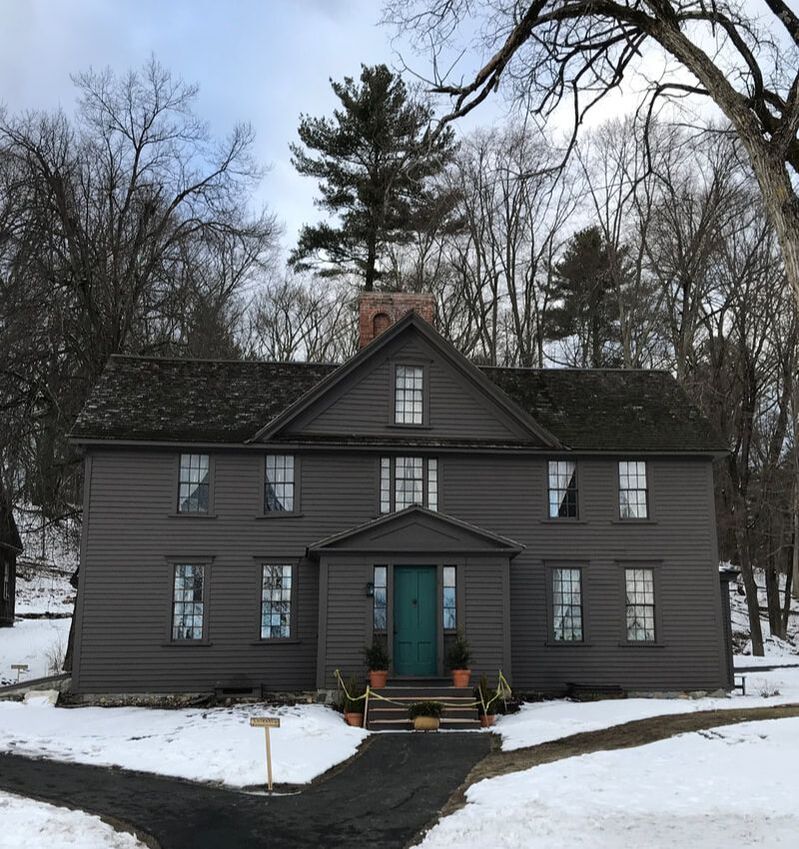







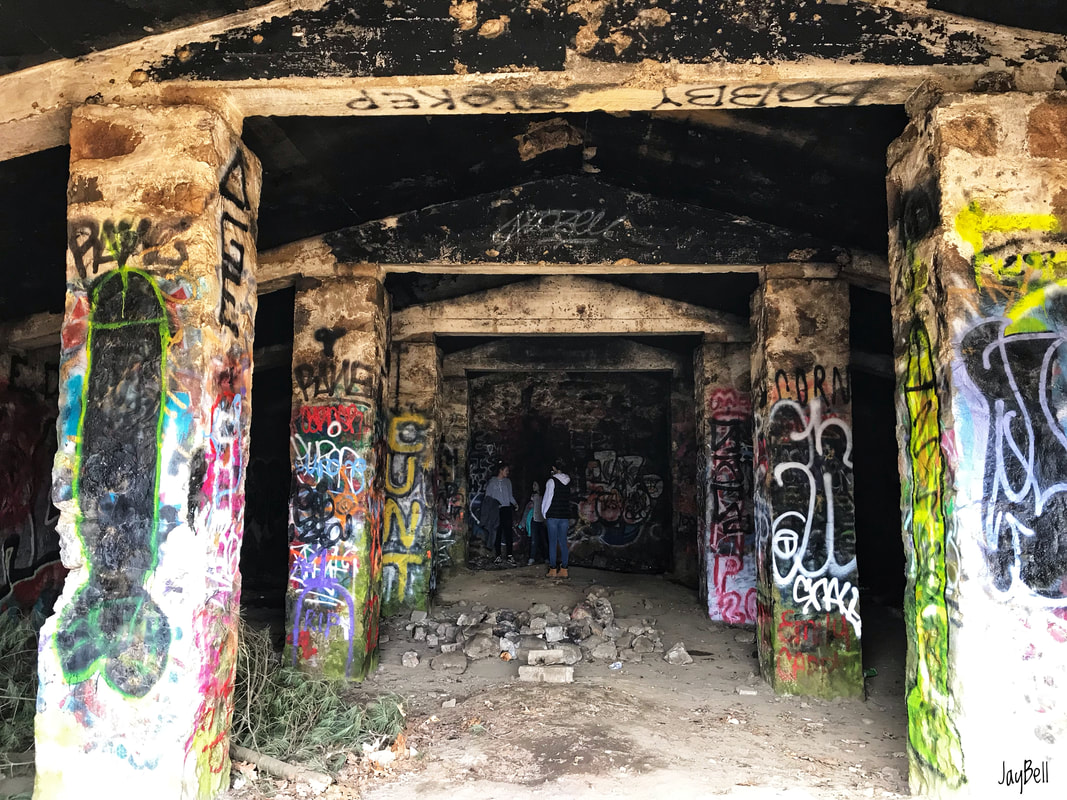
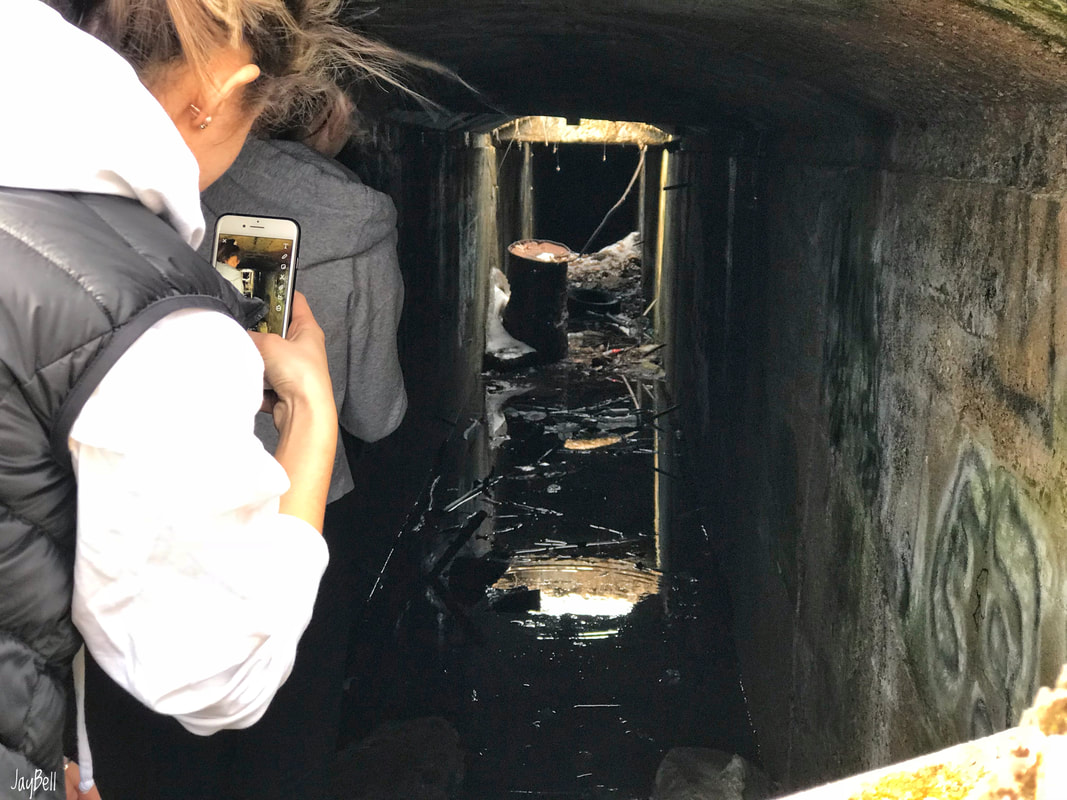
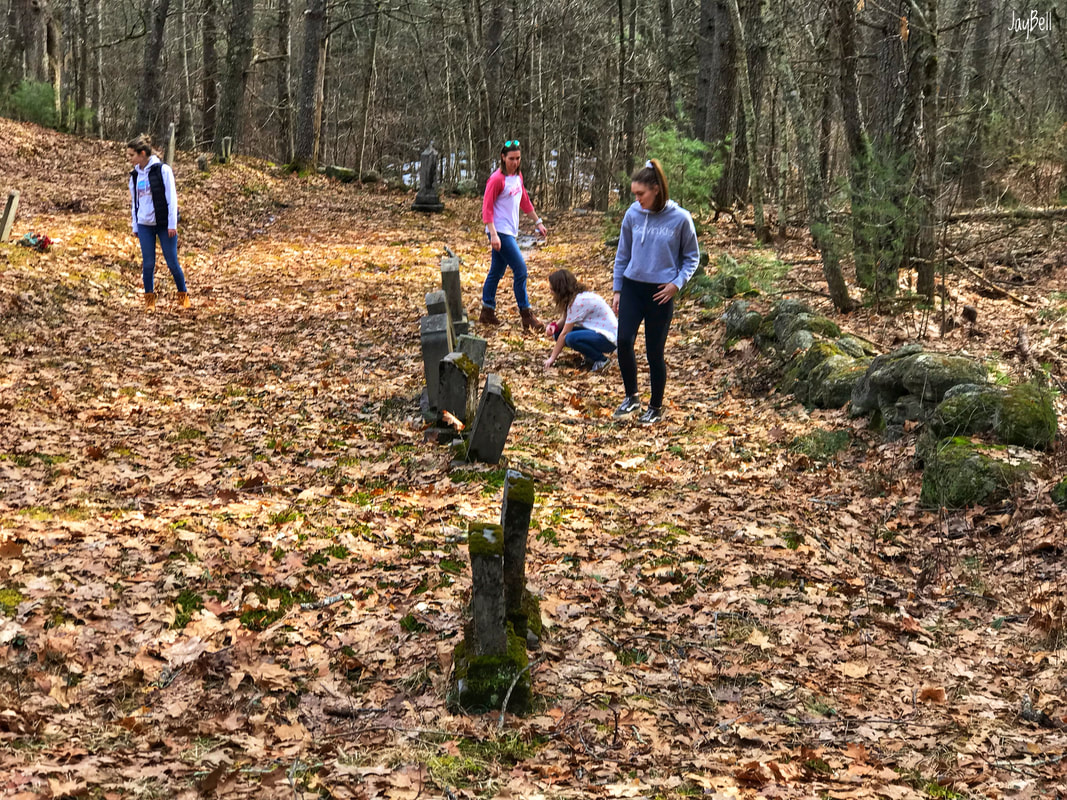
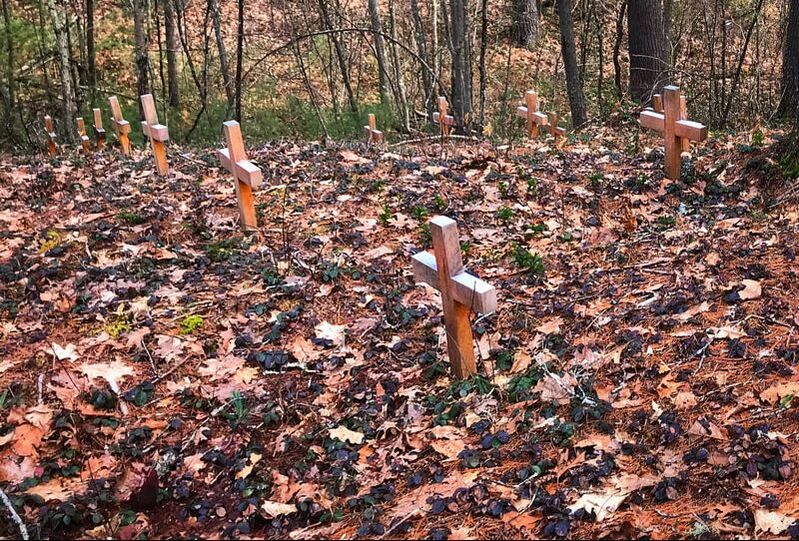
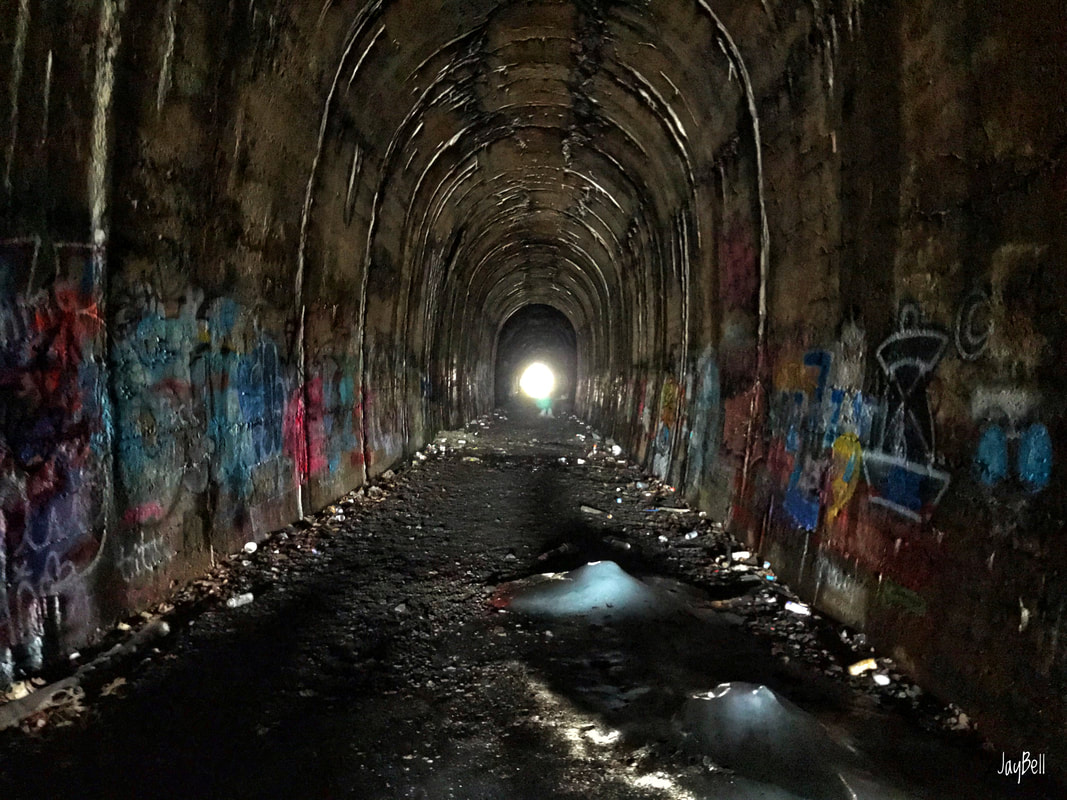
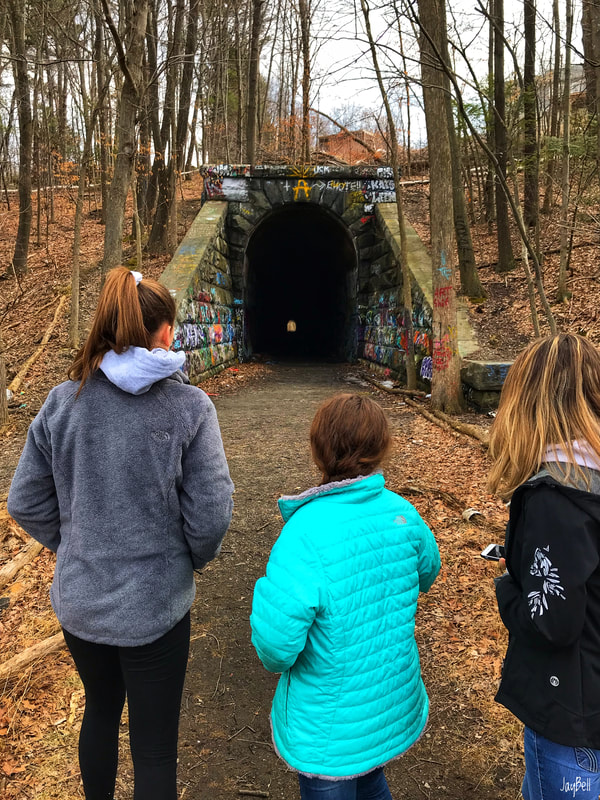




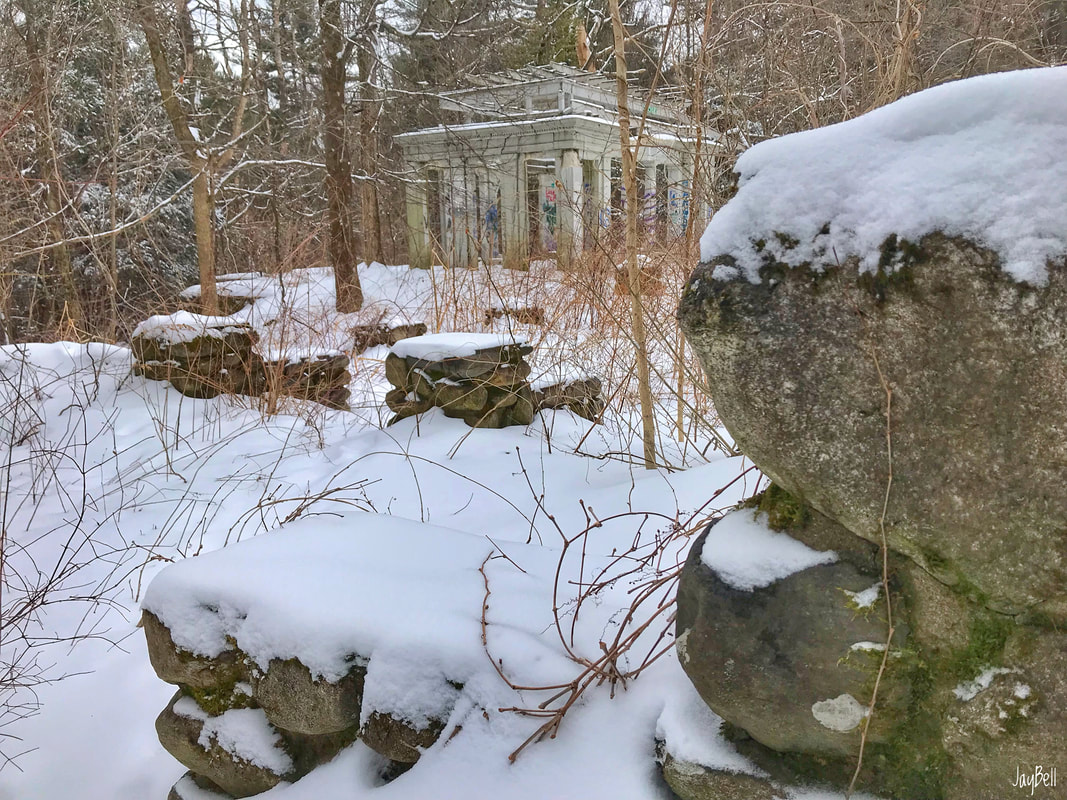






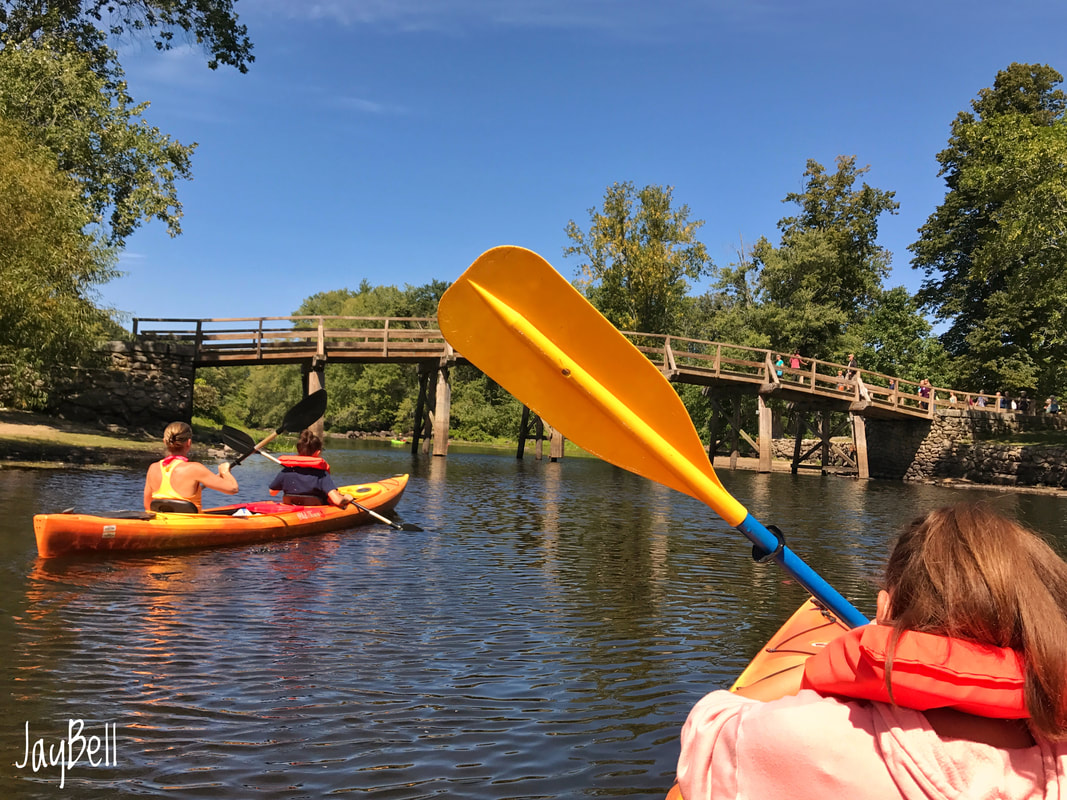



 RSS Feed
RSS Feed